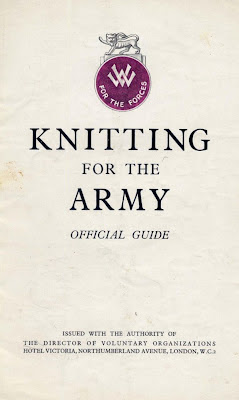My friend Steph, who is one of the regulars at the Thursday Knit and Natter session at Spun, makes all kinds of craft-y things, including wonderful felted bags, slippers and scarves, hand-dyed yarn,... (You can find some of her things on Etsy here.) A few weeks ago she showed us some buttons that she had made from Fimo. Fimo is a polymer modelling clay, which is very easy to use - it's suitable for children, and my daughter used to use it a lot. You can get very good results, though - Steph's buttons are much nicer than the usual plastic ones you can buy. (And practical - you can machine-wash them, though not put them in the drier.) Last week, Steph ran a button-making workshop for other members of the Thursday group. It was a lot of fun, and very sociable too - and we all came home with a collection of buttons that we had made.
We tried several different techniques during the workshop. My favourites, I think, are the
square-ish buttons with the spiral patterns in white and beige. They were made using a kind of Swiss roll technique. I also like the ones where I mixed two or three colours of Fimo to give a marble effect, and then rolled out the Fimo and used one of Steph's cutters - I like the combination of the randomness of the colour mixing and the regularity of the shape. The small oval buttons are striped - Steph has made some very striking striped buttons, with very regular stripes, but mine are much less regular. Need more practice.
When I got home, I looked around for the things that my daughter made years ago with Fimo, and found some really intricate millefiori pendants and beads. I was impressed at the time - now that I have tried it myself, I am even more impressed.












